Philippine Mahogany Lumber
- August 3, 2023
- 0 comment
Philippine Mahogany, commonly referred to as “Luan” or “Meranti,” encompasses several hardwood species within the Shorea genus. Despite sharing the name “Mahogany,” it is crucial to note that this wood is not botanically related to true mahogany (Swietenia spp.). Nevertheless, Philippine Mahogany lumber is celebrated for its remarkable attributes, making it a sought-after material in the woodworking industry.
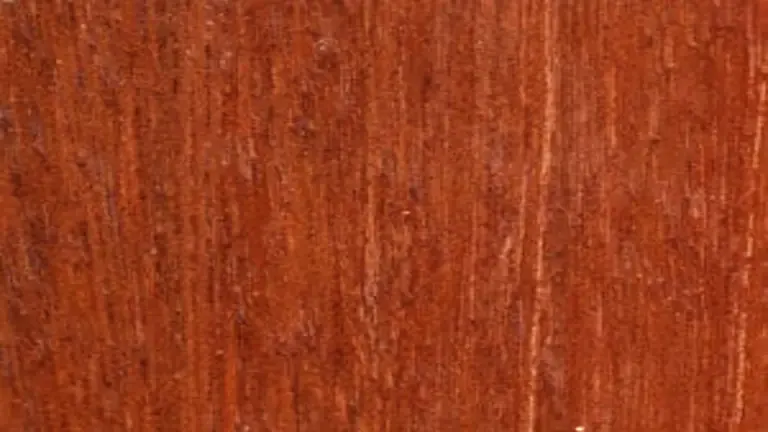
Renowned for its stunning appearance, the wood boasts a range of reddish-brown to dark red hues that deepen and mature with time, adding to its aesthetic appeal. Beyond its captivating looks, Philippine Mahogany is treasured for its superior workability, allowing craftsmen to effortlessly shape, cut, and mold it with both hand and machine tools.
Its versatility extends to a myriad of applications, making it an ideal choice for crafting exquisite furniture, elegant cabinetry, sturdy boats, and exquisite interior finishes, all benefiting from the wood’s natural strength and durability. To ensure the sustainability of this valuable resource, it is vital to acquire Philippine Mahogany from reputable and responsible sources. By doing so, we can continue to appreciate and utilize the wood’s remarkable qualities while safeguarding its existence for future generations.
| Category | Information |
|---|---|
| Common Name(s) | Philippine Mahogany, Luan, Meranti |
| Scientific Name | Shorea spp. |
| Distribution | Southeast Asia, particularly the Philippines, Malaysia, Indonesia, and Papua New Guinea. |
| Tree Size | Medium to large-sized trees, reaching heights of 100 to 150 feet (30 to 46 meters) and diameters of 2 to 4 feet (0.6 to 1.2 meters). |
| Avg. Dried Weight | Approximately 37 to 41 lbs/ft3 (590 to 660 kg/m3) depending on the specific species. |
| Specific Gravity | 0.59 to 0.66, varying with the species. |
| Janka Hardness | Varies from 600 to 1,150 lbf (2,670 to 5,120 N), depending on the species. |
| Modulus of Rupture | Ranges from 8,000 to 17,000 psi (55 to 117 MPa). |
| Elastic Modulus | About 1.2 to 1.8 million psi (8.3 to 12.4 GPa), depending on the species. |
| Crushing Strength | Approximately 5,000 to 10,000 psi (34 to 69 MPa). |
| Shrinkage | Moderate, with a radial shrinkage of about 4% and tangential shrinkage of around 7%. |
Characteristics
Color/Appearance
Philippine Mahogany showcases a captivating range of reddish-brown to dark red colors, creating an inviting and warm ambiance in woodworking projects. As the wood matures, it develops an exquisite patina that adds depth and character, further enhancing its visual appeal.
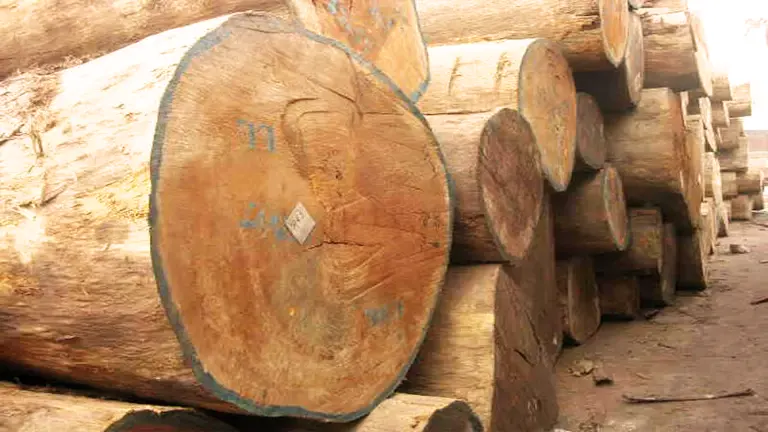
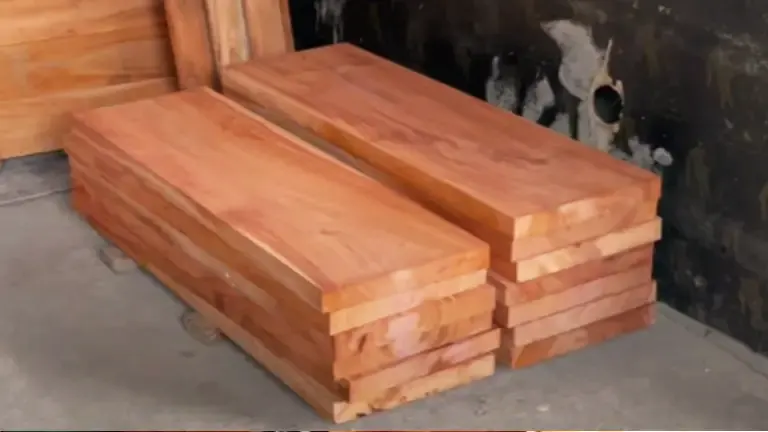
Grain/Texture
The wood’s grain pattern varies from straight to interlocked, contributing to its unique appearance. With a fine to medium texture, Philippine Mahogany delivers a smooth and uniform surface when worked, allowing for stunning finishes and refined craftsmanship.
Rot Resistance
Philippine Mahogany exhibits a moderate level of durability, displaying commendable resistance to decay and termite attacks. However, it is advisable to provide proper protection when utilizing the wood in outdoor or moist environments to ensure its longevity and continued beauty.
Workability
One of the standout characteristics of Philippine Mahogany is its ease of workability. Whether using hand tools or machinery, the lumber cuts cleanly and effortlessly, making it a preferred choice for woodworkers of all skill levels. Additionally, it bonds well with adhesives and accepts nails and screws without issues. However, some species with interlocked grain may present tearout challenges during planing, requiring careful handling.
Odor
Philippine Mahogany typically lacks any distinctive or pronounced odor, making it a pleasant wood to work with, particularly for those sensitive to strong scents.
Allergies/Toxicity
While there are no specific reports of allergies linked to Philippine Mahogany, it’s essential to take necessary precautions, especially when handling wood dust. Proper dust collection and the use of personal protective equipment can minimize potential respiratory irritation.
Pricing/Availability
Generally available at a moderate price point, Philippine Mahogany offers an attractive balance of affordability and quality. However, certain premium species may command higher prices due to limited availability or unique features.
Sustainability
Some species of Philippine Mahogany are classified as vulnerable or endangered due to unsustainable logging practices and increasing demand. As a responsible consumer, it is crucial to source the lumber from certified and environmentally-conscious suppliers to support sustainable forestry practices and conserve these valuable resources for future generations.
Common Uses
Philippine Mahogany lumber finds widespread application in both interior and exterior settings. Its versatility allows it to be crafted into exquisite furniture pieces, elegant cabinetry, and intricate millwork. Additionally, its durability makes it a popular choice for boat building, while its attractive appearance makes it ideal for decorative veneers. Its adaptability and aesthetic appeal have firmly established Philippine Mahogany as a preferred wood for various woodworking projects.
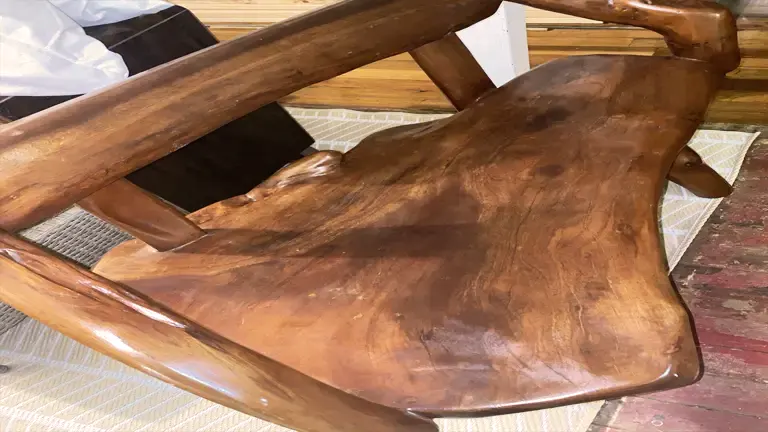

Frequently Asked Questions
- Is Philippine Mahogany a true mahogany?
No, despite the name, Philippine Mahogany is not botanically related to true mahogany (Swietenia spp.). - Is it suitable for outdoor projects?
While some species offer moderate resistance to decay and insects, it is generally recommended to apply protective finishes when using Philippine Mahogany outdoors. - Can I stain or finish Philippine Mahogany easily?
Yes, Philippine Mahogany takes stains and finishes well, enhancing its natural beauty. - Is Philippine Mahogany suitable for carving?
Yes, its fine to medium texture and good workability make it suitable for carving and intricate woodworking. - What are the most common subspecies used for woodworking?
The most commonly used species for woodworking are Meranti (Shorea spp.) and Lauan (Shorea almon).
We’re eager to hear from you! Please share your personal experiences and thoughts about Philippine Mahogany Lumber in the comments section below. Your insights could be invaluable in aiding fellow woodworkers to make well-informed decisions!



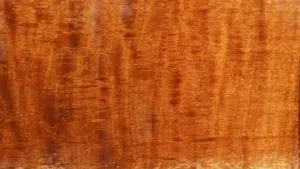
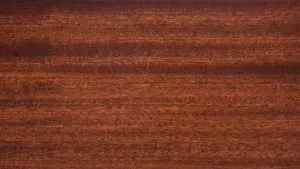
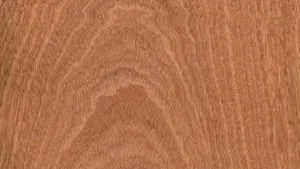
Leave your comment